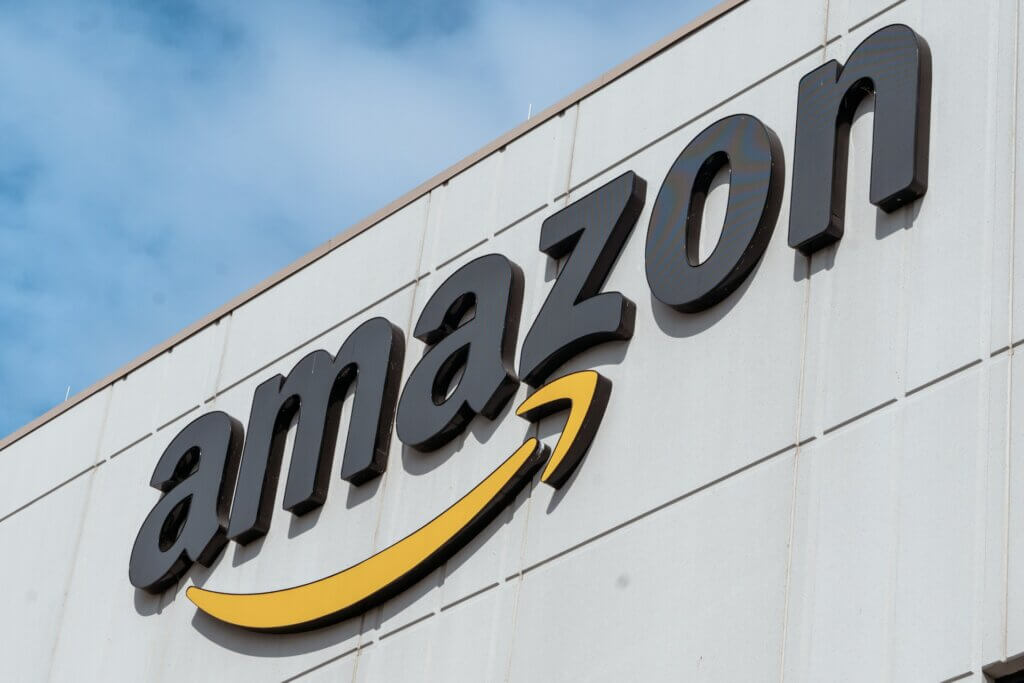Products are selected by our editors, we may earn commission from links on this page.

On an otherwise quiet Monday morning, a technical mishap inside an Amazon data center in Northern Virginia spiraled into a full-blown global crisis. Within minutes, major websites like Disney+, Venmo, Lyft, and McDonald’s went dark.
Flights were delayed, bank transactions froze, and millions of users stared helplessly at error messages, all because of a single glitch in Amazon Web Services (AWS), the backbone of much of the modern internet.
The Epicenter in Virginia

The disruption began around 3:00 a.m. ET when engineers at Amazon noticed “increased error rates” in the US-EAST-1 Region, the company’s primary data hub in Northern Virginia. What started as a localized network error quickly cascaded across the company’s global cloud network, knocking out vital digital infrastructure that powers a third of the internet, according to AP News.
The Domino Effect Across the Internet

By sunrise, reports of outages flooded monitoring platforms like DownDetector, showing simultaneous failures across a stunning list of high-profile services, including Snapchat, Zoom, Microsoft Outlook, Lyft, Venmo, and United Airlines.
Many businesses that rely on Amazon’s cloud to store customer data or process transactions suddenly went offline, halting everything from deliveries to streaming and digital payments.
The Cost of a Glitch

The incident is being called one of the most expensive digital meltdowns in years. Analysts estimate that the outage cost businesses and consumers more than $3 billion in losses from disrupted services, missed transactions, and idle operations.
According to the Daily Mail, the sheer scope of the event revealed how dangerously dependent the global economy has become on a few centralized cloud providers and how even a momentary disruption can paralyze modern life.
The Fix Comes Slowly

By 5:22 a.m. ET, AWS engineers began deploying “internal migrations” to restore connectivity. The company reported “significant signs of recovery” by mid-morning, noting that “most requests should now be succeeding.” But even as systems came back online, a backlog of queued requests caused residual slowdowns throughout the day, as ABC News reported.
A Crisis of Centralization

The outage exposed a deeper issue: over-centralization of cloud computing power. More than one-third of the global internet runs on AWS, meaning a single regional error can cascade worldwide. The Northern Virginia hub alone handles millions of transactions per second for thousands of companies. Industry experts say this kind of concentration poses an “existential risk” to the digital economy if safeguards fail simultaneously.
What Actually Went Wrong

While Amazon hasn’t disclosed the exact cause, insiders told AP News that a configuration error during routine maintenance triggered the domino effect. The problem began with an internal data routing misfire that overwhelmed load balancers, systems designed to distribute online traffic. When they failed, backup servers also went down, amplifying the collapse.
A Warning for the Future

In its statement, AWS said services had fully recovered by late afternoon. Yet cybersecurity analysts and economists alike warn that this “near miss” could be a preview of a far greater crisis. Experts fear that future failures, especially those compounded by cyberattacks or AI-driven automation, could escalate into catastrophic disruptions that ripple through transportation, finance, and national security systems.
Amazon’s Response and Market Impact

Despite the turmoil, Amazon’s stock rose 1.3% the following day, a testament to its dominance and investors’ confidence in its infrastructure resilience. Still, regulators are expected to scrutinize AWS’s network redundancy and crisis communication protocols. The company maintains that it’s enhancing its regional failover systems to prevent similar incidents.
The Internet’s Fragile Backbone

The AWS outage was a reminder that the internet’s vast sprawl rests on surprisingly narrow shoulders. When a single regional data hub can disrupt banks, airlines, and streaming platforms, the question isn’t whether the next glitch will happen — it’s how prepared we’ll be when it does.
Cloud giants like Amazon built the infrastructure that powers modern life, but this meltdown showed that resilience, not reach, may be the real measure of digital power in the years ahead.

